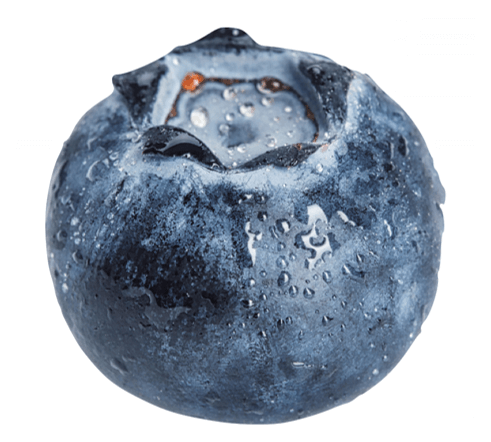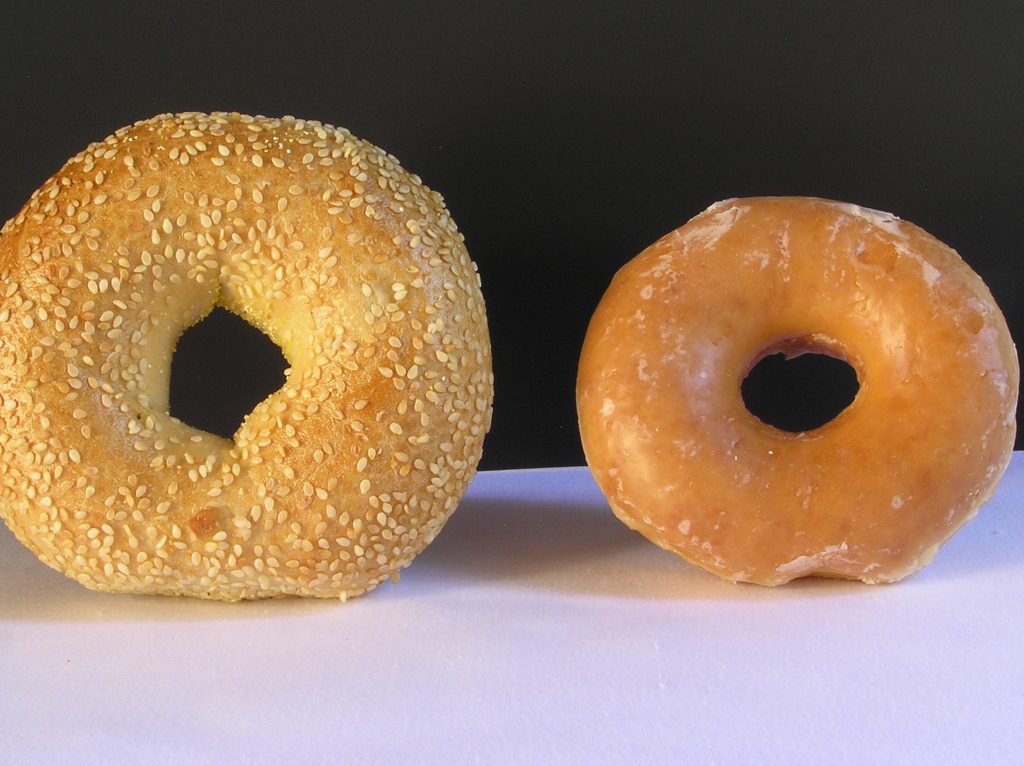Prediabetes is all the rage. Nearly 40% of adults in the US have “it”—sugar levels higher than normal, yet not high enough to be considered diabetic. But if so many people are affected, is it really a disease?
First, some definitions: diabetes is diagnosed when fasting blood sugar (glucose) is repeatedly over 125 mg/dL, with normal under 100 mg/dL. That leaves the middle zone, repeated fasting blood sugars of 100-125 mg/dL, as the territory of prediabetes.
Why Prediabetes is a Health Crisis
Does prediabetes truly live up to it’s name? That is, do people with borderline blood sugar levels frequently move on to develop full diabetes?
As you might expect, the answer is yes! Nearly 40% of people with prediabetes gradually increase their blood sugar until they are firmly in the diabetic camp.
In addition to the risk of full-on diabetes, those with prediabetes are 60% more prone to vascular disease and heart attacks compared to those with normal sugar levels.
Here’s the Good News About Prediabetes
The best part of the story is that prediabetes is imminently reversible—and it doesn’t take all that much to turn it around. A landmark study, the Diabetes Prevention Program, studied more than 3,000 prediabetics assigned to one of three groups: mild weight reduction diet and exercise, the diabetic drug metformin, or a control group.
The results were strikingly in favor of lifestyle: nearly twice as many prediabetics in the lifestyle treatment group (58% vs 31%) avoided progressing to full diabetes compared to those taking the potent medication.
You might imagine that the diet and exercise regimen needed to achieve those results was extreme—but in fact they were not: exercise was of moderate intensity—including brisk walking—for 150 minutes (i.e., 30 minutes 5 days a week), and modest weight loss averaging less than 10 pounds at the end of the 4-year study.
Another measure that can be helpful to lower blood sugar is to cut down on foods with high glycemic load. In addition to the obvious sweet foods, starchy foods—especially white rice, white bread products, and white potatoes—can make blood sugar soar.
A fact that many don’t realize is that foods don’t have to be sweet to raise your blood sugar: a bagel can sweeten your blood twice as much as a sugar donut!
In addition, protein—specifically protein from animal sources—can raise blood sugar. Plant protein, for reasons that are not entirely clear, does not boost glucose levels. Yet one more reason to shift toward healthy foods from plants.
What NOT to Do if You’re Prediabetic
Prediabetes is taken too lightly by some practitioners. A friend relayed a story about a recent doctor visit where he was told his sugar was a little high—and they would need to check back in 6 months to determine if the sugar level was high enough to require medication. No dietary or lifestyle measures were discussed. A very poor plan!
Preferred Proactive Approach
If your fasting glucose level is repeatedly over 100 mg/dL (a single measure is not always reliable), don’t be content to just mark time and wait until things get worse. Whether prediabetes qualifies as a disease or not, it certainly is a yellow flag. Think about your diet and level of physical activity and talk to your doctor about making some positive changes.
It’s important to add that for some people with prediabetes, sugar levels rise despite intensive lifestyle changes, and medication is ultimately needed. But even in that case, more physical activity and a healthy diet will still position you for the best possible outcome.
References:
Prediabetes Increases Heart Attack Risk
Plant vs. Animal Foods and Diabetes
Interested in living a healthier lifestyle?
Learn the essentials of eating and living healthfully in our interactive, user-friendly learning program for the public.
Clinicians: Do you feel confident responding to patient questions about nutrition?
Take our award-winning condensed interactive nutrition CME—and learn what every clinician should know about nutrition.



